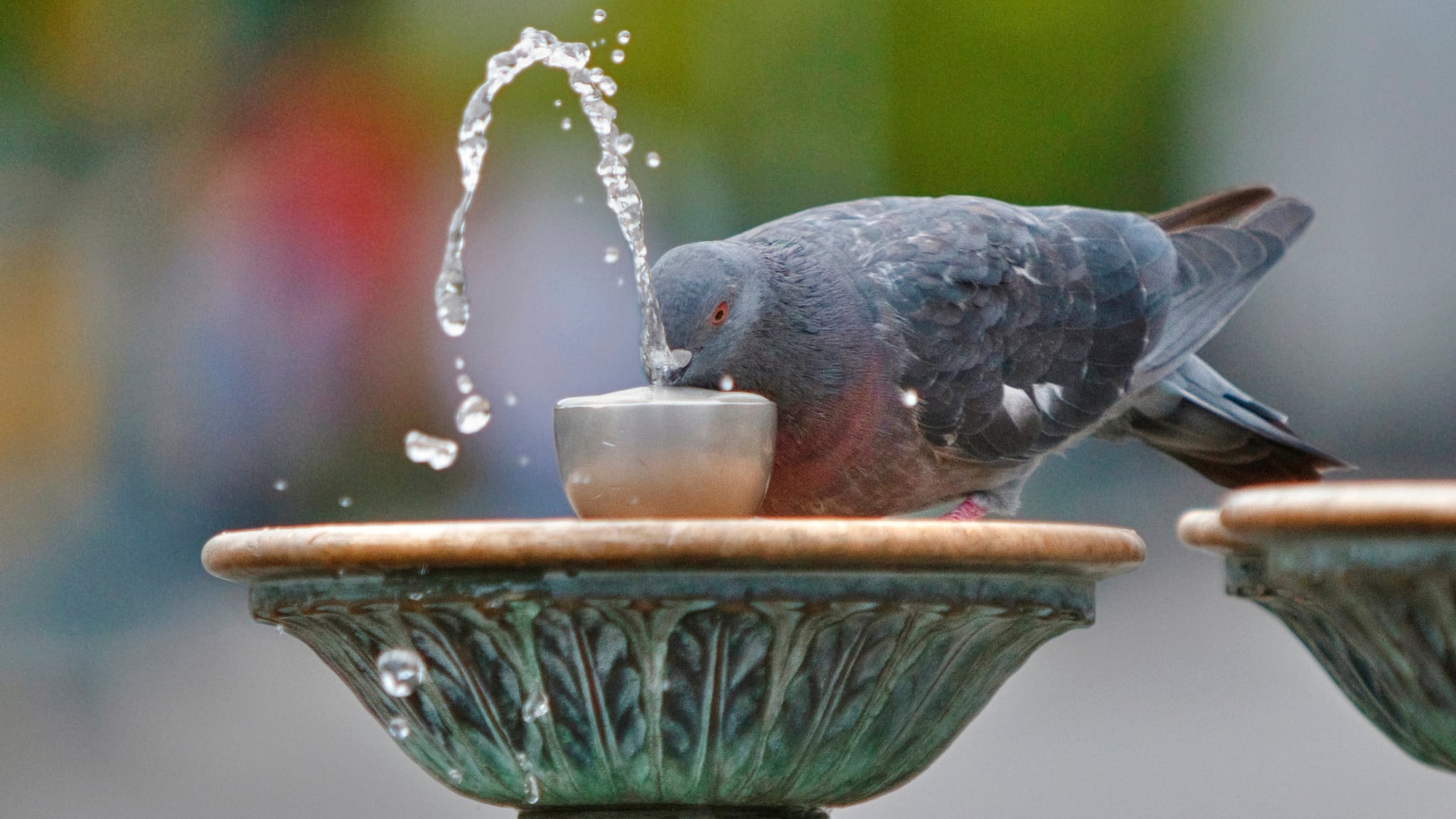Where did all the pigeons go? I can’t remember the last time I saw a pigeon downtown. Look around. Do you see any? —Karrie K.
Pigeons? Downtown? Are you feeling feverish, Karrie? Everyone knows there’s never been anything but crows downtown. Pigeons, indeed! Next you’ll be telling me Oceania hasn’t always been at war with Eurasia.
Just kidding! People besides you have been commenting on the disappearance of city pigeons for several years, and not just in Portland: Seattle, San Francisco, Philadelphia and even New York City have all seen dropoffs in the birds’ population. Estimates of the decline nationwide range from 30% to 46% since the 1970s.
What’s going on? Experts point to many factors: modern construction trends that provide fewer nesting spaces, pollution that taxes the birds’ respiratory systems and contaminates food sources, diseases like avian influenza, human activities like trapping or unhealthy feeding, and even climate change, which may disrupt the pigeons’ ability to find food and shelter.
In other words, they don’t know. A popular theory on message boards is that pigeons are being outcompeted by wily crows. This jibes with the anecdotal observation that crows seem to be becoming more numerous, at least in Portland. But I ask you: If crows are so perfectly adapted, why haven’t they been Portland’s dominant avian scavenger this whole time? It seems likelier that pigeons are tanking for their own reasons; crows are just seizing the opportunity.
Still, that does invite the question: Why did pigeons beat out crows in the first place? Well, baby birds need protein to grow. Adult pigeons have the ability to produce a high-protein secretion, called “crop milk,” to feed them. This guaranteed protein supply lets pigeons breed year round. Crows, which have to scare up protein wherever they can, only breed in the spring, when protein-filled bugs and worms are plentiful.
That said, crop milk doesn’t seem to be helping pigeons much now. Perhaps someday we’ll learn why. In the meantime, I can’t help noticing that pigeons’ 1970s heyday seems to coincide nicely with the peregrine falcon’s DDT-fueled near-extinction. Since then, our local population of falcons (a major pigeon predator) has been steadily increasing, even as pigeons’ numbers have waned. I’m not saying it’s a conspiracy, but if somebody catches a crow and a falcon working together to paint the pigeons out of some historical photo—well, don’t say I didn’t warn you.
Questions? Send them to dr.know@wweek.com.

